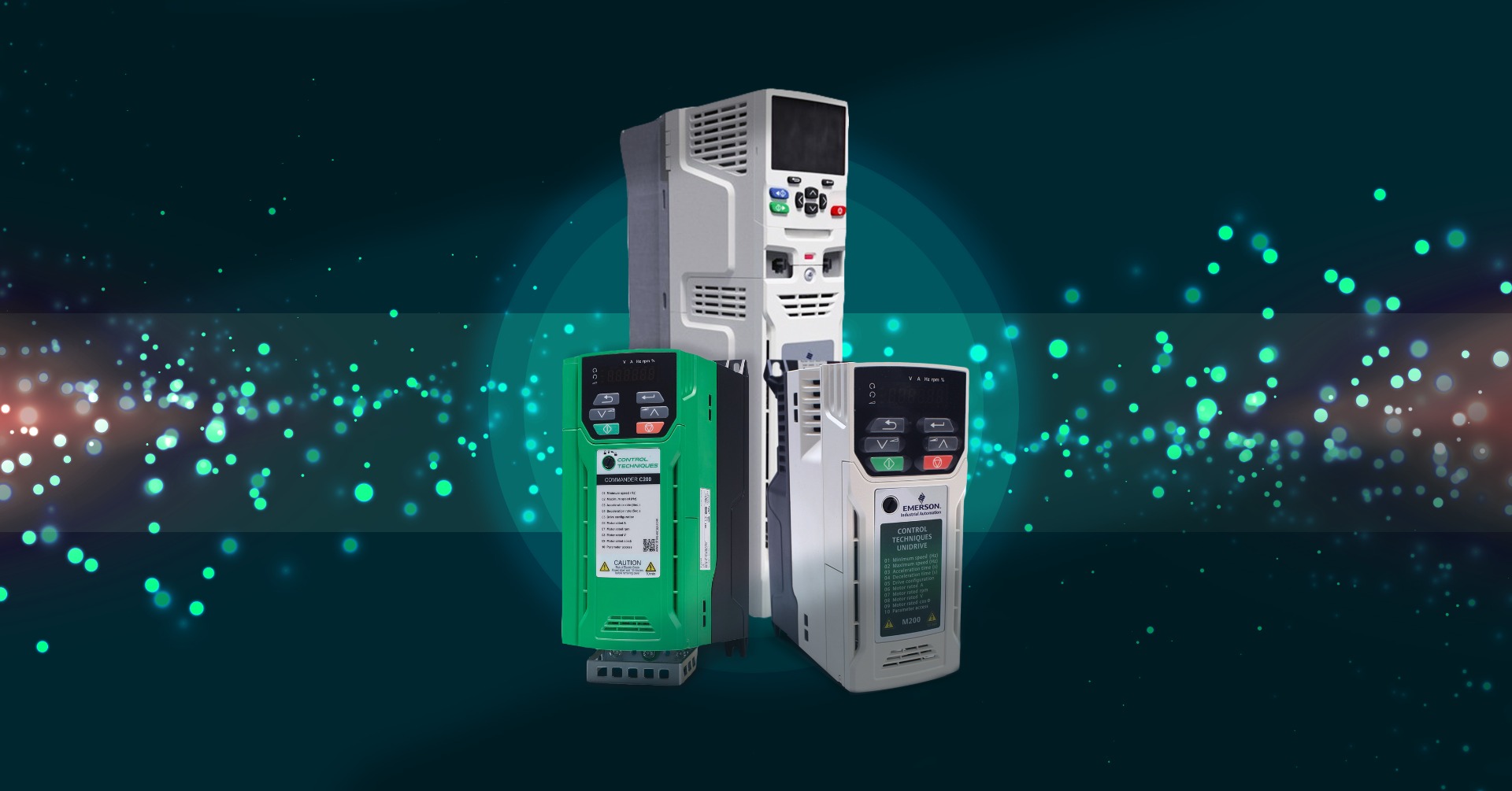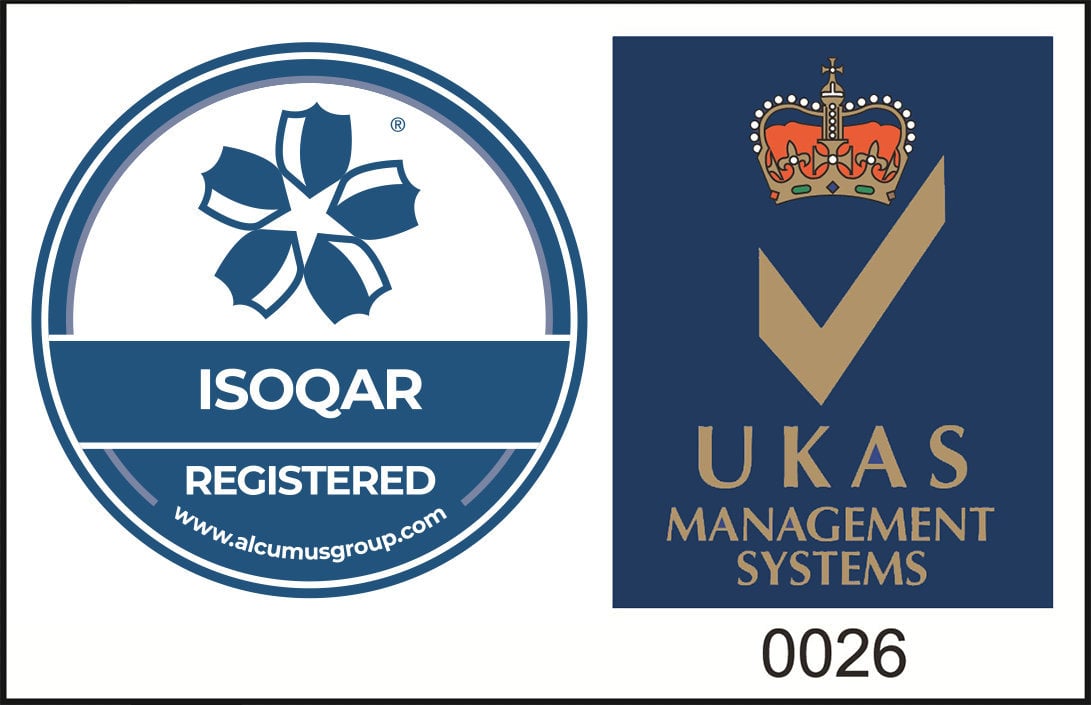

The AC Drive Revolution: Can They Reduce Maintenance Costs?
Published: 26/11/2021
The AC Drive Revolution: Can They Reduce Maintenance Costs?
While deciding to listen to AC/DC to kickstart your morning is a no brainer, choosing between AC and DC drives is not quite so simple.
For many years, DC (Direct Current) drives continued to reign supreme, noted for their reliability and effective usage in variable speed applications. However, the DC drive is certainly a double edged sword with high maintenance costs and a hefty initial financial outlay. In 1968, Danfoss was the first company in the world to commence mass production of AC drives for variable speed control of three phase induction motors. Over the past decade, AC drives have evolved, capable of providing far more precise control over speed. The initial outlay for an AC motor and drive together on average matches the price of a DC motor alone! Their compact size, lightweight composition and low maintenance cost paired with its ruggedness meant it accelerated ahead of the renowned direct-current drive.
Faced with choosing a motor and drive is a decision which results in many sitting on the fence,in a quandary over which option will best suit their needs. There are many factors to take into account from hardware and compatibility to financial outgoings and environmental implications.
What is driving your decision?
There is no simple answer when making such a decision as different drives are suited to varied applications. So, to make a final decision and jump over to your chosen side of the fence, you must evaluate the function. For instance, a DC drive has a far more simplistic mechanism and is capable of providing stronger starting torques, whereas an AC drive is the one for you if you require operations under low loads for long periods of time or employ high speed processes. A huge deal breaker for many is the AC drives’ ability to control multiple motors at the same time, reducing maintenance costs and simplifying the control system. Again, this is dependent on the functional requirements, however if all motors must operate at parallel speed, this is a largely popular industrial automation solution.
Once you have established your operational requirements, determining the location is crucial. This will be heavily relative to the available space, accessibility and nature of the industry. If the drive is to be tucked away in a corner, a lower maintenance AC drive will be the recommended choice, needing less frequent adjustments. From extreme temperatures to excessive moisture, the drive must be able to handle the pressure of the work environment. With so many elements present in a computerised manufacturing process, compatibility must also be considered, ensuring that communication remains fluid throughout the system.
Let’s talk about sustainability in both senses of the word. While choosing a brushed DC drive will save some initial capital, they are known to have a shorter lifespan, meaning a replacement will be required far sooner than an AC drive, potentially resulting in downtime while it is replaced or updated. And of course, the ability to have more control over the motor speed is a huge factor which elongates lifespan, avoids voltage sags, uses less power on start-up and establishes torque limitations. Is long term maintenance thinking your best financial strategy?
International Energy Agency (IEA) commented on the environmental impact of motor drives, concluding that industries contribute to approximately “42% of all electricity generated and motor-driven applications account for 70% of that. More than 90% of industrial motors cannot adjust their power consumption, with many running at full speed regardless of the actual output it needs.” This highlights the global impact speed control can have, identifying AC drives as a more sustainable choice. Thus, if your site consumes high levels of electricity and is looking to reduce energy bills, this may be your sign to jump on the variable speed bandwagon.

What are the benefits of embracing the revolution?
The benefits of AC drives are widely discussed in the automation field, so let’s deep dive into the facts as we pit AC against DC in a bid to find your solution.
As touched on previously, location and designated function is integral. If you have carried out a site assessment and determined that the operational environment is flammable or potentially dangerous, AC may be your winner. AC drives produce no sparks, perfect for corrosive or wet settings, while DC drives do quite the opposite, usually caused by new brush installations until they assimilate to the device.
Excessive sparking?
It potentially sounds like replacement brushes are needed and that means a dose of downtime and maintenance is on the cards. With AC drives being so much smaller than their competitor, this space saving option will also have less impact on your wallet. Your wallet will also thank you when the time comes for maintenance as the brushes contained within the AC drive are tough as old boots, capable of withstanding increased working hours and varied high speeds. Guess what? That means fewer inspections and maintenance checks.
Having no upper speed limit, you will have enhanced levels of control over your drive, switching gears and transforming you from a backseat driver into a fully fledged speed master. Suited to a variety of applications, as the frequency increases, an adjustable speed AC drive causes the motor to magnetise, utilising between 50% and 70% of full-load current on average. This reduced level of required power means the drive can live a much longer and happier life. Having this adjustable technology in place nullifies the risk of the dreaded voltage sags but it traverses way beyond this. Power disturbances are also kept to a minimum as equipment connected to the same distribution system avoids a nasty shock causing it to fail. Speed changes can be key within many industries, especially automated manufacturing. The AC drive is a dynamic device capable of rapid changes of speed without the threat of disruption, however if your production line requires a constant speed with no imminent changes, the DC drive may suffice. If these changes in pace are frequent, the former is far more economical and efficient. Boasting differing operational parameters, the AC drive allows for more customisation, reaping the maximum benefits from your drive in line with your business needs.

How Can Northern Industrial Help?
Variable speed drives go by many names; AC drives, VSDs, Inverter drives and so on. We are second to none when it comes to the supply and repair of AC drives and can support all makes and models. We regularly repair drives up to 450kW and have drives up to 110kW ready to ship out immediately. We predominantly partner with Control Techniques, one of the most renowned names in the industry.
Northern Industrial is an official distributor for Control Techniques drives, a Nidec brand. We stock a large range of current and obsolete Control Techniques drives. As an official distributor we can offer expert technical support whenever you need it. So, whether you are looking for a replacement part, or an urgent repair we can help. With the Unidrive being one of our bestsellers, our union with Control Techniques has gone from strength to strength. Initially specialising in DC drives throughout the 1970s, with the rise of AC drives in the 80s, Control Techniques later created one of the worlds’ first inverters.
Danfoss is a worldwide provider, developing and manufacturing a vast repertoire of engineering solutions, known for being the first company in 1968 to mass produce AC drives. Throughout the COP26 United Nations Climate Change Conference, Danfoss are currently showing their support by implementing their heating and cooling (HVAC) systems powered by AC drives throughout the conference venues. With fresh air circulating efficiently, these drives communicate with the building management system to intelligently match fan speed to the actual load for optimal system energy efficiency. Danfoss states that “just 20% reduction in fan speed can result in approximately 50% reduction in energy consumption.”
So, we have covered the differences, benefits and deciding factors of the AC drive revolution, so the rest is up to you.
If you are still “caught in the middle of a railroad track”, unsure of which way to turn for your drive needs, you are more than welcome to contact the Northern Industrial team for some technical advice and for your automation solution.
Discover your drive solution today.

Want to find out more?
If you'd like to learn more, click the button below and one of our helpful friendly team will be in touch. Alternately you can reach us by phone on +44 800 234 3747
Share this article




























